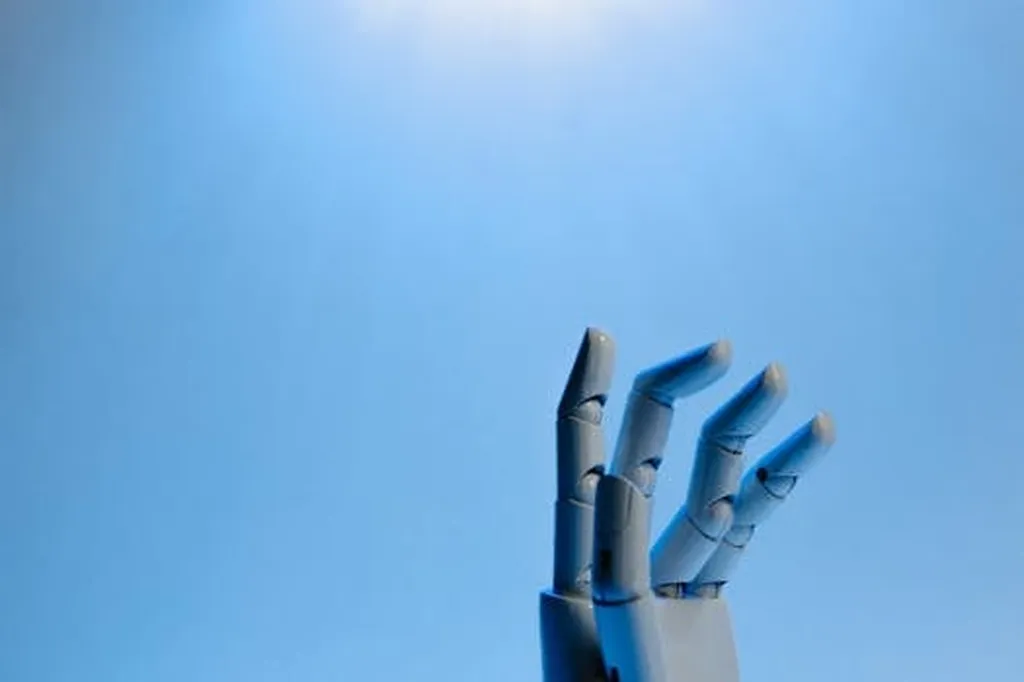In the world of construction, concrete is king, but its performance is heavily influenced by the curing process. A new systematic review published in the journal *Applied Sciences* (translated from Spanish as *Applied Sciences*) sheds light on both traditional and advanced curing methods, offering insights that could reshape the industry’s approach to concrete durability and sustainability. Led by Robert Haigh from the Institute for Sustainable Industries and Liveable Cities at Victoria University in Melbourne, Australia, the research delves into the mechanical performance and environmental impact of various curing strategies, providing a roadmap for future innovations.
Traditional curing methods, such as water and air curing, have long been the industry standard. However, these techniques often fall short due to their lengthy durations, high water consumption, and inefficacy in extreme climates. “These limitations have spurred the development of advanced curing methods that promise faster hydration, improved durability, and enhanced sustainability,” Haigh explains.
The review highlights several advanced curing techniques that are gaining traction in the industry. Microwave curing, for instance, can achieve 85–95% of the strength obtained through 28-day wet curing within just 24 hours. This rapid acceleration in strength development could significantly reduce construction timelines, a boon for large-scale infrastructure projects.
Autoclave curing, another advanced method, enhances early strength by 40–60%. However, it comes with trade-offs. “While steam and autoclave curing provide rapid early strength, they may compromise long-term durability through microcracking and increased porosity,” Haigh notes. This duality underscores the need for a balanced approach, tailoring curing methods to specific project requirements and environmental conditions.
Electric curing emerges as a more energy-efficient alternative, reducing energy demand by approximately 40% compared to steam curing. This method not only accelerates the curing process but also aligns with the growing emphasis on sustainability in the construction sector. Accelerated carbonation curing further enhances sustainability by lowering carbon dioxide emissions by 30–50% through carbon sequestration, a process that integrates environmental benefits with performance improvements.
The review also points to the potential of smart curing systems, integrating Internet of Things (IoT) technologies, sensors, and AI-driven predictive control. These innovations promise real-time optimization of curing conditions, ensuring optimal performance while minimizing resource consumption. “The future of curing lies in smart systems that can adapt to varying conditions and project needs, ultimately improving concrete performance and sustainability,” Haigh envisions.
For the energy sector, these advancements present significant opportunities. Faster curing times and reduced energy consumption translate to lower operational costs and a smaller carbon footprint. As the industry moves towards more sustainable practices, the insights from this review could guide the development of next-generation curing technologies, shaping the future of construction and infrastructure development.
In conclusion, the systematic review by Haigh and his team offers a comprehensive analysis of both traditional and advanced curing methods, highlighting their strengths and limitations. As the construction industry continues to evolve, the integration of smart technologies and sustainable practices will be crucial in meeting the demands of a rapidly changing world. With the insights provided by this research, the path forward is clearer, paving the way for innovative solutions that enhance concrete performance and sustainability.

